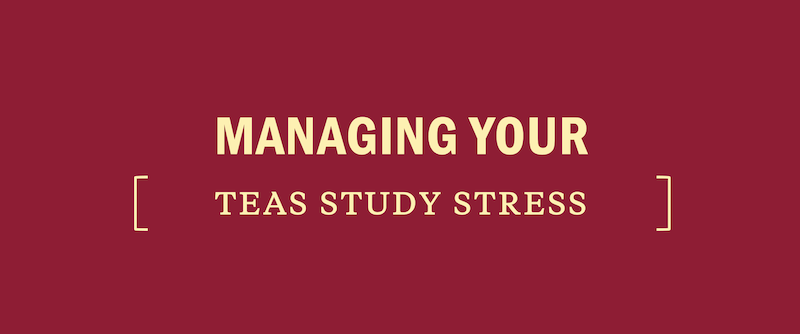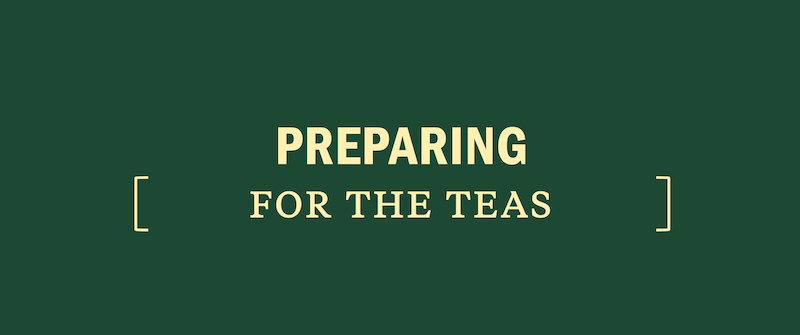What's Tested on the TEAS: Science
Nursing and health science program professionals need to understand and be able to use knowledge about the human body as well as other scientific subjects. In your career, you will apply scientific knowledge frequently, and you will need to keep up-to-date on the latest published research to provide your clients with the best possible care. The TEAS Science content area tests your understanding of the parts and function of each organ system of the human body, and it asks questions about biology and chemistry. The TEAS also tests your ability to use scientific measurements and tools and to evaluate scientific research.
The TEAS Science Content Area
Of the 170 items on the TEAS, 53 will be in the Science content area, and you will have 63 minutes to answer them. Thus, you will have just over a minute (63 minutes ÷ 53 questions ≈ 1 minute 10 seconds) per question.
Of the 53 Science questions, 47 will be scored and 6 will be unscored. You won’t know which questions are unscored, so do your best on every question.
The 47 scored Science questions come from three sub-content areas:
| Sub-content Areas | Number of Questions |
| Human anatomy and physiology | 32 |
| Life and physical sciences | 8 |
| Scientific reasoning | 7 |
The Kaplan Method for Science
Using a methodical approach to Science questions will help you organize the relevant facts and eliminate incorrect answers.
ALSO READ:




